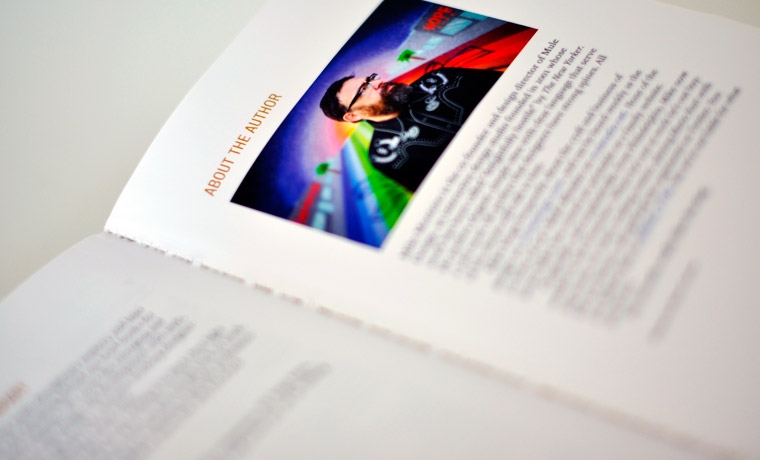A Book Apart: Design Is A Job
The book Design Is A Job is not the first book from that wonderful A Book Apart collection I have read. But it's the book from the whole series that I want to talk about first, because it analyzes a different aspect of design as a profession, as a daily bread. Your design is useless if you are unable to sell it, if you can't convince people that your solutions are in the right place and at the right time. So finally there comes Mike Monteiro from Mule Design to tell you how to do that and shares his best from 11 years experience.

First of, this book was not written for people who expected 137 pages of wish-wash how clients are bad and how they want to suck you till the last drop of blood. Vice versa, the author would repeat himself a few times that "there are no bad clients" and you, you are the one and only blacksmith of your own fortune. I was lucky enough to notice one of 400 million made-per-day-tweets (2012 statistics ) with this perfect statement which perfectly closes this completely vacuous topic: "a lot of 'clients from hell' are 'designers who fail to communicate'".
Reading the very first paragraphs may make a false impression. Personally, I found the 1st chapter a little bit prosaic. Luckily, it was just the first one and then things got far more entertaining. I think the author would agree that it wasn't very exciting, but it was necessary and a correct way to start this victorious bénéfice. While the foreword writer Erik Spiekermann describes the author as "a living bullshit detector", I'd add that Mike should turn his studio into a mediation-of-designer-to-client agency which, I have no doubt, would be leading agency in the field. Probably because Mike did not completely move away from making things and did not dedicate himself to clients. He stayed somewhere in the middle, successfully balancing between two sides.

Analyzing clients takes the lion's share of the book. From the very first handshake or phone call, to finally paying for work. Mike does not wrap the words in wool. He writes in style. Here's a classic situation how to smell the ruse:
You know that douchebag at the bar who walks up to your friends and says "You know, I usually date models...". Yeah, that guy. The client services version of that is "You know, we've got some really big name agencies who'd love to get this job". Great, go call them. Don't work for someone who tries to make you feel they're lowering themselves to work with you, even as negotiation tactic. Good work comes from mutual respect.
Having said that, Mike also perceives how important self-treatment is. If you do not respect yourself, no one else will. Designers, first of all, are thinkers, innovators and so problem solvers. Technical work is the last thing you need to do.
Beware of clients who have waited to call you until they have a perfect diagram of what they need and want you to color it in. If they're not coming to you for strategy and problem-solving, they're not coming to you for design, they're coming to you for production. And if you take on production work, you don't get to call yourself a designer.
I would exclude the 7th chapter as the most important for me personally. I will read it every time (until I finally memorize it word by word) before presenting my work to clients. Presenting your work in a room could be a crucial moment. Coincidence or not, but I had been watching Mad Men series and reading this book at the same time. At some point, it was like watching this book based movie. Double effect.
Stop trying to get your clients to "understand design" and instead show them that you understand what they hired you to do. Explain how choices you've made lead to a successful project.
Something that is obvious but not always visible – I remember myself being this immature:
Don't waste client's time walking them through what they can already see. Your job is to explain how what they're looking at is the best way to achieve their goals.

Design Is A Job could be useful at every aspect of your professional life. Well, obviously, except pushing pixels and writing a markup. It's perfect if you are a freelancer or own an agency. It's still great if you work at agency. It's indispensable if you build websites. It's still relevant if you make logos or do other graphic work. Recommended.